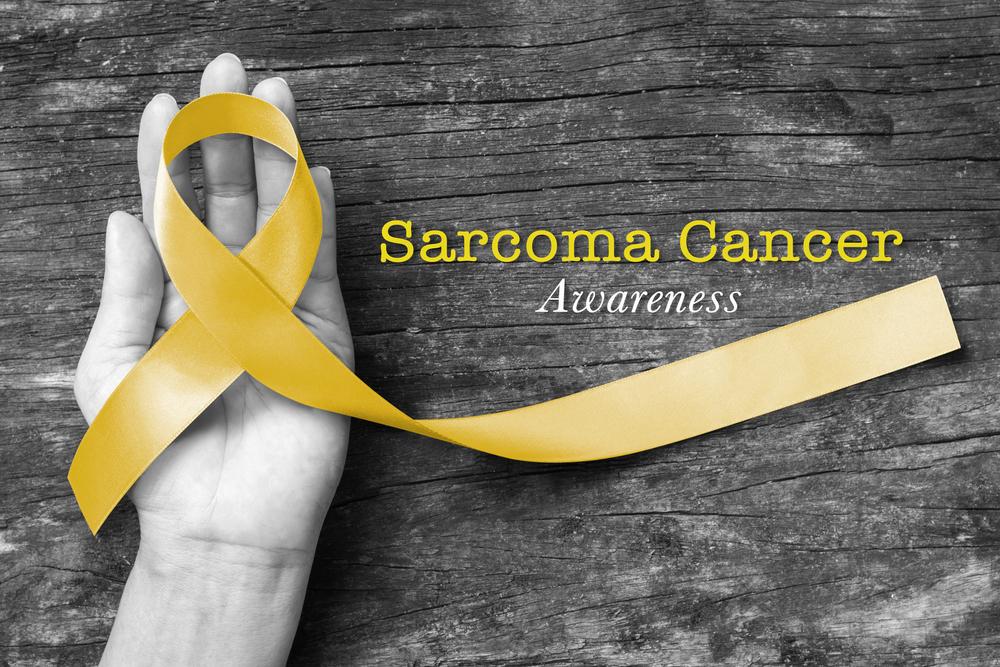
Soft tissue sarcoma in children
Soft tissue sarcoma, a rare type of cancer, can develop anywhere in the body, like the abdomen, arms, chest, hands, head, hips, legs, neck or shoulders. Soft tissues are those that connect or support different parts of the body like the fat, muscles, blood and lymph vessels, tendons, nerves, synovial and skeletal tissues. The soft tissues can also be found in the internal organs. The incidence of this type of cancer is not very high in children; it is statistically found in less than 1,000 children every year in the country.
While research is still being carried out to find the exact cause of soft tissue sarcoma in children, some of the common risk factors that could increase the chances of a child being affected are:
- Genetic disorders inherited from parents, or gene mutations that cause Neurofibromatosis, a disease that affects the formation and growth of the nervous system, or Li-Fraumeni syndrome that causes a natural inclination or tendency for the formation of cancers, and tuberous sclerosis, a rare genetic disease that causes the growth of tumors in vital organs in the human body.
- Familial adenomatous polyposis (FAP), also transmitted genetically, causes the formation of numerous adenomatous polyps in the large intestine.
- Exposure to radiation therapy in the past as a form of cancer treatment.
- Retinoblastoma protein or changes that occur in the RB1 gene, a protein used to suppress cancer cells from multiplying.
- Being infected and diagnosed with the Epstein-Barr virus, a type of herpes virus, and Acquired Immune Deficiency Syndrome (AIDS) simultaneously.
- Gene mutations or deviant complex proteins that cause Werner syndrome or changes in the way certain tumor suppressants function.
Diagnosing soft tissue sarcoma in children in the early stages is not easy because there are no apparent symptoms that show up. Sighting of a lump or swelling might be the first sign. While this could initially be painless, numbness, pain, or a tingling sensation might start when the lump grows in size and starts to compress or hamper the functioning of the nerves, muscles, or other organs near it.
Medical tests can be done to find out the type of soft tissue sarcoma a child is affected with. This can also help gauge the stage of the cancerous growth. Depending on a number of factors, such as whether the soft tissue sarcoma is non-metastatic, metastatic or recurrent in nature, both prognosis and treatment options are determined. Certain other factors such as which part of the body the soft tissue sarcoma has affected, the depth of it and its size also help determine the treatment process. A qualified pediatrician would be able to diagnose soft tissue sarcoma with the help of a detailed investigation into the child’s health history, a complete physical examination, X-ray, MRI, CT scan, or ultrasound procedures. Surgery, chemotherapy, radiation therapy, targeted therapy, immunotherapy, drug therapy, and newer forms of gene therapy are the treatment options available for soft tissue sarcoma in children.


